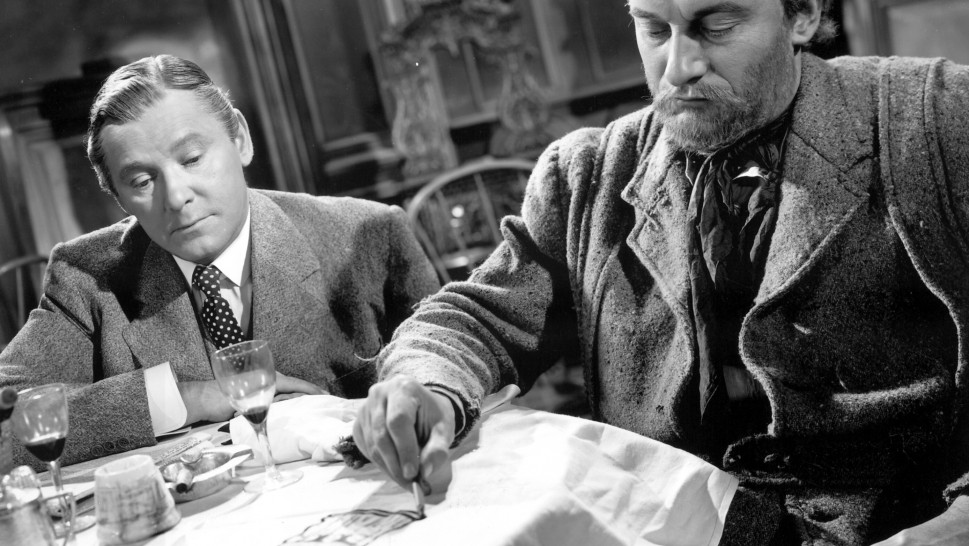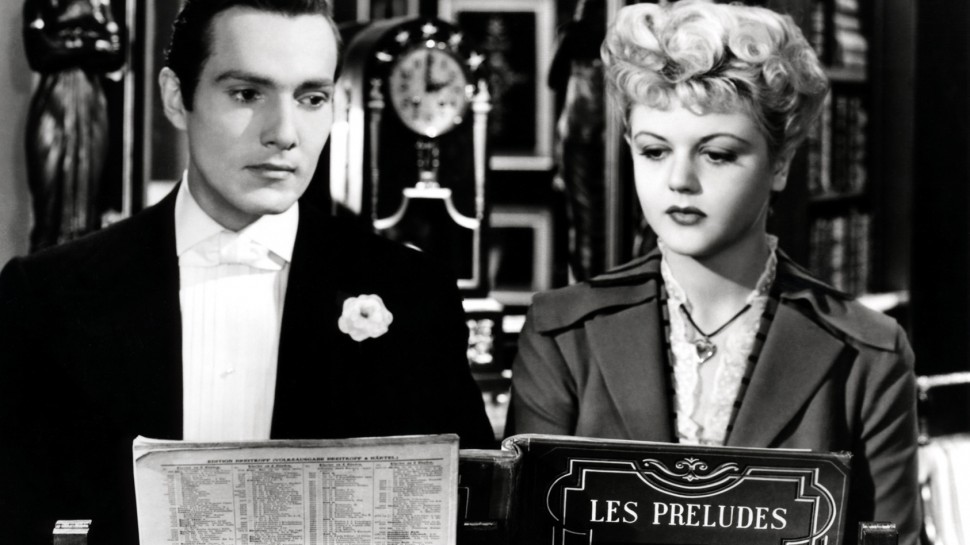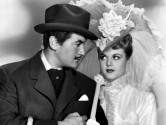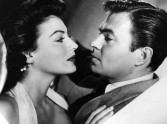


Beyond Good & Evil: The Films of Albert Lewin
While it might seem strange to name a retrospective of the films directed by an MGM screenwriter and producer after Nietzsche's classic, Albert Lewin (1894-1968) was anything but a typical Hollywood figure. Lewin’s films are noteworthy for their fascination with the aesthetic, esoteric and perverse, as well as for their unusual protagonists – artists and decadents whose dark obsessions place them at odds with the conventional world. Lewin’s own stylistic obsessions gave way to his careful mastery of mise-en-scène that weds polished filmmaking in the classical Hollywood style with a passion for exotic décor and singular works of art.
A Harvard graduate, Lewin went to Hollywood in the 1920s, working first as a screenwriter before becoming one of MGM’s most important producers of the 1930s, overseeing major prestige pictures such as box office sensation Mutiny on the Bounty (1935) and The Good Earth (1937). The consummate studio insider, Lewin was also a stalwart aesthete and passionate art collector who counted Man Ray and Max Ernst among his friends. When he began directing in the 1940s, Lewin attempted to fuse classical narrative filmmaking with his fascination for the baroque, the decadent and the surreal. Films like The Picture of Dorian Gray and Pandora and the Flying Dutchman have earned him a following among those who appreciate cinema's aptitude for suggesting the mysterious and the unseen.








